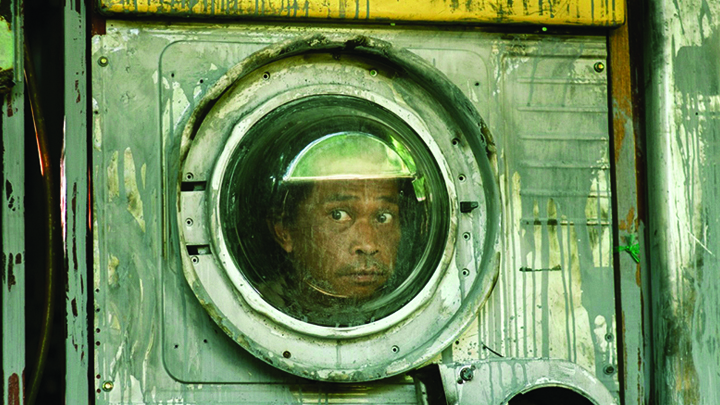An Astronaut Named Siman
Tuesday, November 26, 2019
arsip tempo : 171410212795.

THE tongue of Siman was cut off. He was unable to recount a big secret he had witnessed that night. A group of people, in 1966, on the sand dunes of Parangkusumo Beach, Bantul, Yogyakarta, were constructing a set resembling an outer space arena. Amid bushes, Siman was peeking. The unidentified people later conducted a film shooting as if there had been a landing of the first man on the moon.
Siman was captured. He was tortured and had his t
...
Subscribe to continue reading.
We craft news with stories.
 For the benefits of subscribing to Digital Tempo, See More
For the benefits of subscribing to Digital Tempo, See More








